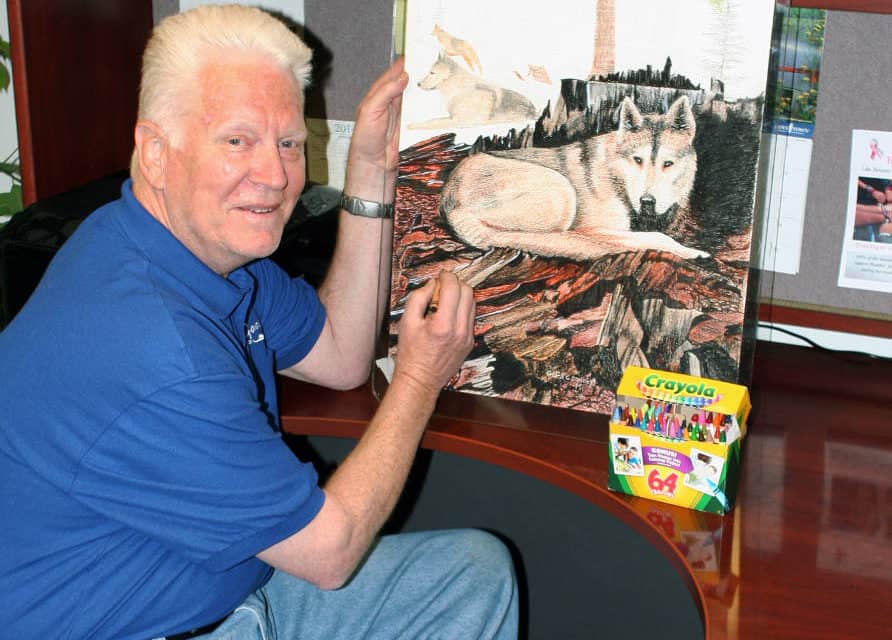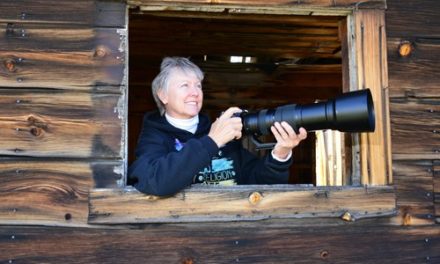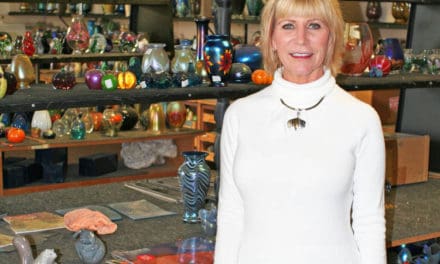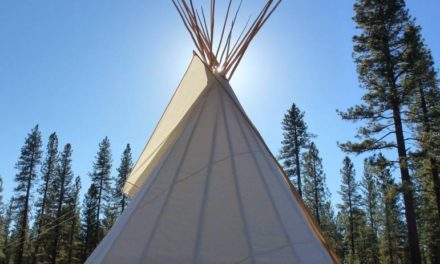Story and photos by Stacy Fisher
[media-credit name=”Stacy” align=”alignleft” width=”300″]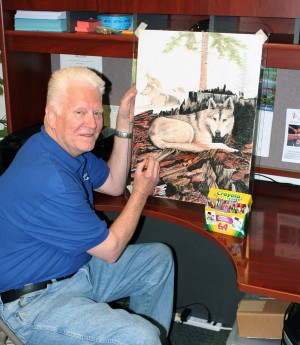 [/media-credit][media-credit name=”Stacy” align=”alignleft” width=”300″]
[/media-credit][media-credit name=”Stacy” align=”alignleft” width=”300″]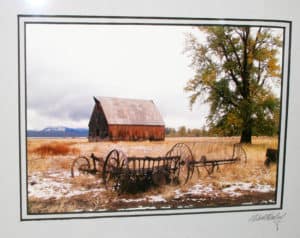 [/media-credit][media-credit name=”Stacy” align=”alignleft” width=”300″]
[/media-credit][media-credit name=”Stacy” align=”alignleft” width=”300″]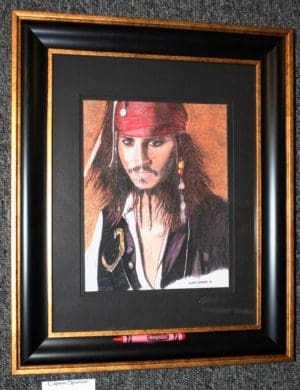 [/media-credit]
[/media-credit]
Straightforward or esoteric, literal or metaphoric, art defies precise definition, yet it plays a major role in enriching our lives, and can inspire a whole gamut of responses and emotions. Art exists in a larger context that involves both the artist and the onlooker in an exploration of life, making personal as well as collective statements about the world around us.
Artist Glen Donley is well aware of the perplexities of artistic expression; he has been an artist his entire adolescent and adult life.
Glen was born in Long Beach, Southern California where his interest in artistic endeavors began as a very young child, going back as far as elementary school. “Starting from an early age, I found I had an aptitude for drawing. I fancied myself by age 10 as the next Charles Russell, the famous American cowboy artist who depicted the Old American West in his oil paintings.”
Math and art were his favorite subjects in school, Glen recollects. His teachers encouraged his artistic efforts as well. “I was always a kid who enjoyed various art forms, from sculpting clay to drawing nature. I especially loved pleasing people with my artwork.”
Both his parents supported Glen in their own way by providing him private lessons, despite the cost of tuition. “My mother was secretly saving money to send me to art school,” he recalls fondly. “While my father was more concerned with the practical aspects of how much would my art pay.”
Glen’s first professional art instruction was guided by Athena Hall, a well-known art teacher in the Long Beach area where he lived. “I wanted to do oil painting, I was sure I could do oil painting, but Athena, being the strict but encouraging teacher she was, said she’ll teach me to oil paint later, but for the first couple of years she wanted me to learn to use crayon and colored pencil. I was very insulted because in my own naïve mind I was far beyond crayons, which I associated with coloring books.”
Nevertheless, Athena insisted that Glen practice with crayon first. “Through her instruction and motivation, I discovered that if I chose to use green in a drawing, for example, rather than picking out the green-colored crayon from the box, I could instead mix together yellow and blue to create the green shade that I wanted. In this way I learned about mixing colors and how that applied to oil painting, using the knowledge I garnered through the application of crayons.”
Eventually she did teach him to paint with oil, and for many years growing up in his teens and 20s Glen says he was committed to oil painting.
“Later, I left oil painting after I became personally acquainted with the great nature photographer Ansel Adams, along with Alan Ross and others.” At the time, black-and-white photography was becoming very big and was finally being accepted as an art form. “So I switched, and began to learn everything that I could in photography to be as accomplished as my idols.”
Glen was fortunate enough to have Ansel Adams himself as his mentor, teaching him the craft in the early 80s. “I ended up doing extensive black-and-white darkroom work, learning advanced photographic technique under Ansel’s tutelage,” he recalls. “And I went on a lot of trips with one of his associates, Ruth Bernard, taking scenic shots and pictures of people along the way.” Bernard and Adams emphasized to Glen that photography is all about the range of light and shadow within a composition, he says.
“I ended up afterward employing photography professionally for 30 years, doing everything from catalog work to specialized portraiture. After I retired, I thought that photography would continue to be what I did as an avocation.”
After retirement in 2006, Glen and his wife Kathy settled in the town of Lake Almanor, located between the towns of Chester and Westwood in Northern California.
“Kathy and I lived in a fifth-wheel, and during a major snowstorm, I picked up a small box of crayons left in the trailer that I hadn’t really touched for many years. I was 55 at the time and began using the crayons to create a still life of a basket of apples for my wife. As I worked on the project, I remembered the mantra that Athena Hall had instilled in me many years earlier: ‘If you’re good at using crayon, you can make it look like oil paint.’ I layered the drawing in such a way that I actually succeeded in making it look like oil paints. At that moment I realized I liked this medium better than photography.”
Glen says his biggest thrill is hearing people express their appreciation of his artwork, whether it’s crayon, pencil, oil, photography, or whatever medium he happens to choose. “Usually people can’t tell that I’ve used crayon instead of oil in my drawings, and they’re flabbergasted when I tell them. I like the challenge of this medium, finding out whether I can successfully create textures like flannel or animal fur and make it look realistic.”
People imagine that crayon will melt over time, and that it needs to be framed and covered to protect it, but like any work of art, pieces can last many years as long as they are kept out of direct sunlight. “My mother saved most of my early crayon pieces that I did since childhood in those classes I attended with Athena, and they remain just as sharp and vibrant as the day I finished them.”
Although his art has been a matter of self-satisfaction, he saw no reason to keep his work hidden away in a drawer. “It’s been great to be able to display my compositions in a gallery like Blue Goose gallery here in Chester where I can share with others.”
Glen has been co-managing the gallery for a few months, where art aficionados can view a variety of styles. “I never imagined when I came here that I would be as involved in the gallery as I have been. The Blue Goose is an amazing place for artists to display their works.”
To this day Glen admits he’s torn between fine art and photography. “I still love photography, it can be used as a tool, and I find myself going out to take pictures that I collect as image samples that I can use for my drawings. Or I find that a photo is so good that it stands alone and I can just leave it as is.”
Art is a way to communicate through the elicitation of feelings rather than words, Glen surmises. It expresses emotional truths, as well as stimulating our senses.
“It connects the artist with other people,” Glen continues, pointing to some of his work. “Each photograph or painting that I do has a story behind it, which I love to share. I’m still learning, watching what other artists do in their respective mediums, whether it be fused glass, oils, basket weaving, or jewelry making, it all gets my juices flowing.”

